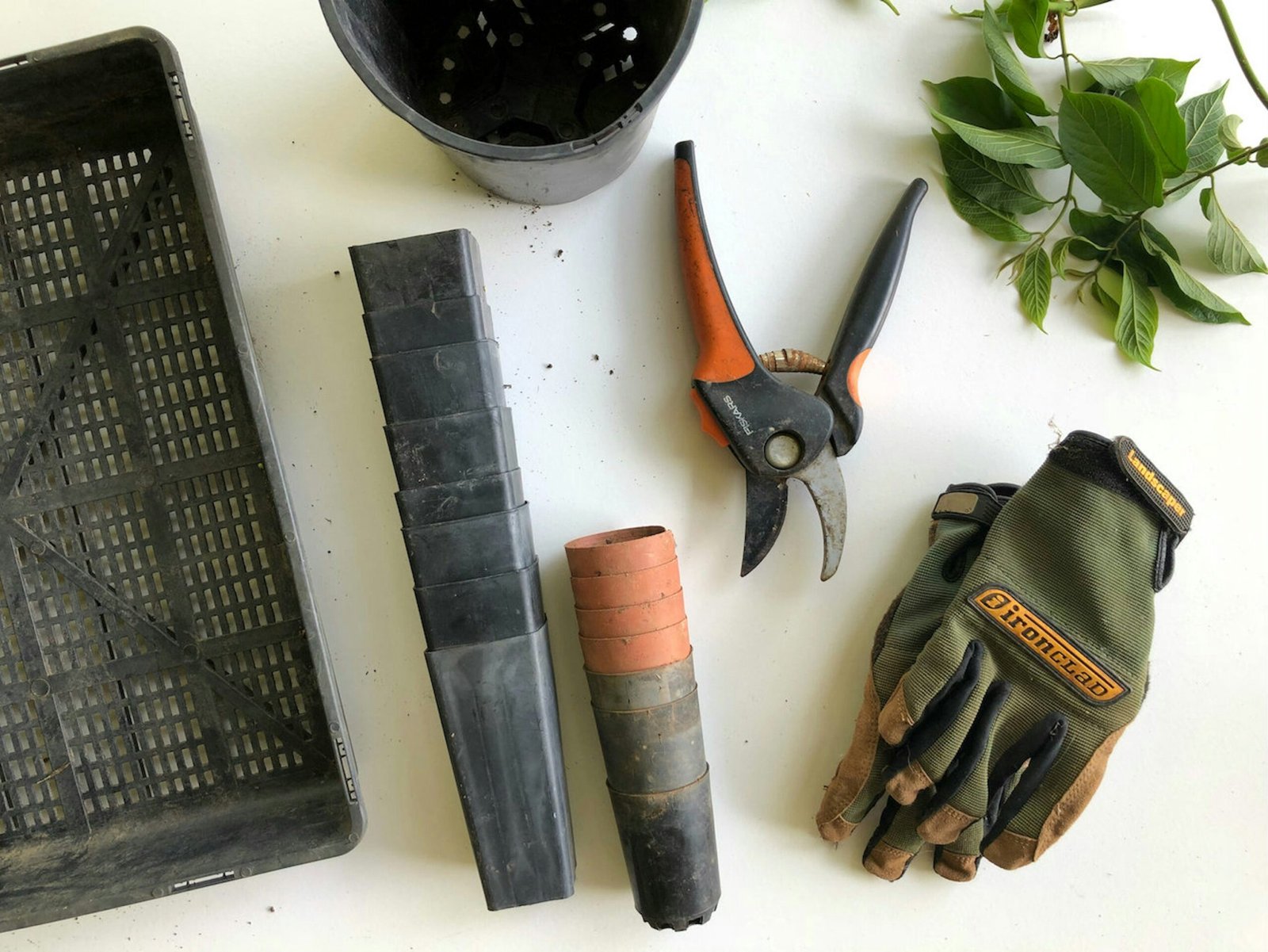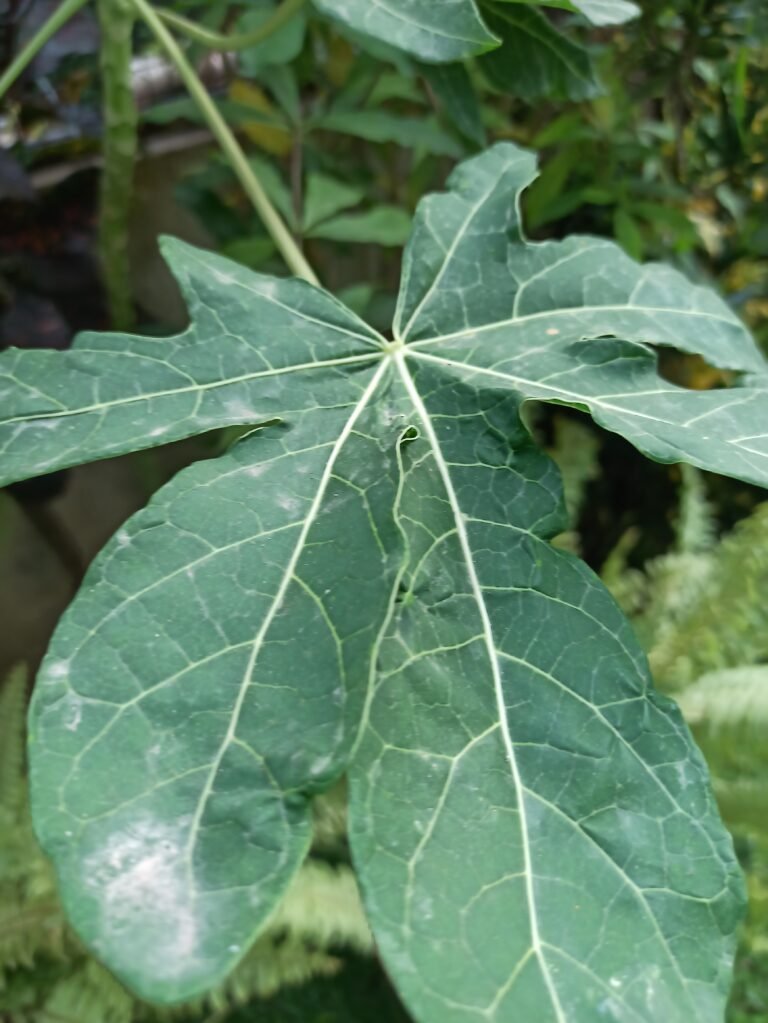Search Below For New Gardening Tips and Tricks with Practicals
How Long Can Flowers Survive Without Water?
Flowers are delicate organisms that require water to survive and thrive. Without a steady supply of water, their cells begin to dehydrate, leading to wilting and eventually death. However, the length of time that flowers can go without water varies depending on several factors, including the type of flower, environmental conditions, and the stage of the flower’s life cycle.
The Importance of Water for Flowers
Water is essential for flowers as it plays a crucial role in various physiological processes. Flowers absorb water through their roots and transport it to their stems, leaves, and petals. This water helps maintain turgidity, which is the rigidity of plant cells due to the pressure of water in the cell walls. Turgidity is what gives flowers their vibrant appearance and prevents them from wilting.
In addition to maintaining turgidity, water is also involved in photosynthesis, the process by which plants convert sunlight into energy. Water is a key component in this process, as it provides the necessary hydrogen atoms for the production of glucose, the plant’s main source of energy.
Furthermore, water helps transport nutrients from the soil to the various parts of the flower, ensuring proper growth and development. Without an adequate water supply, flowers may not receive the necessary nutrients, leading to stunted growth and a weakened immune system.
Factors Affecting How Long Flowers Can Go Without Water
While flowers require water to survive, the length of time they can go without water depends on several factors:
Type of Flower:
Different types of flowers have varying water requirements. Some flowers, such as succulents and desert plants, have adapted to arid conditions and can survive for extended periods without water. On the other hand, delicate flowers like roses and tulips require a constant supply of water to stay healthy.
Environmental Conditions:
The environment in which flowers are placed also affects their water needs. Flowers kept in hot and dry conditions will lose water more quickly through evaporation and transpiration. Conversely, flowers in cool and humid environments may be able to survive longer without water.
Stage of the Flower’s Life Cycle:
The stage of the flower’s life cycle also impacts its water requirements. Flowers in the budding or blooming stage require more water to support their rapid growth and the production of vibrant petals. Once a flower has reached maturity and started producing seeds, it may be able to tolerate a temporary lack of water.
How Long Can Different Types of Flowers Go Without Water?
While the exact duration that flowers can survive without water varies, here are some general guidelines for different types of flowers:
Succulents and Desert Plants:
Succulents and desert plants, such as cacti and aloe vera, have adapted to survive in arid environments with limited water availability. These plants store water in their leaves, stems, or roots, allowing them to withstand prolonged periods without water. In some cases, succulents can survive for several weeks or even months without water.
Orchids:
Orchids are known for their delicate beauty and require a consistent supply of water to thrive. Without water, orchids can start to wilt within a few days. However, certain orchid species, such as the Phalaenopsis orchid, have water-storing capabilities in their thick leaves, which enable them to survive for up to two weeks without water.
Roses:
Roses are popular flowers that require a significant amount of water to stay healthy. Without water, roses can start wilting within a day or two. To prolong the life of cut roses, it is essential to place them in water as soon as possible and regularly change the water to prevent bacterial growth.
Tulips:
Tulips are another type of flower that requires a steady supply of water. Without water, tulips can start to droop and lose their vibrant colors within a day or two. To keep tulips fresh, it is recommended to trim the stems at an angle and place them in a vase with clean water.
Sunflowers:
Sunflowers are known for their large, vibrant blooms and require ample water to stay hydrated. Without water, sunflowers can start to wilt within a day or two. It is crucial to place sunflowers in a vase with fresh water and re-cut the stems at an angle every few days to ensure maximum water absorption.
Tips for Keeping Flowers Fresh
To ensure that your flowers stay fresh for as long as possible, here are some tips:
1. Cut the Stems:
Before placing flowers in a vase, cut the stems at an angle. This allows for better water absorption, as a straight cut can create a seal that hinders water uptake.
2. Use Clean Water:
Fill the vase with clean, room temperature water. Avoid using hot or cold water, as extreme temperatures can shock the flowers.
3. Remove Foliage:
Remove any foliage that will be submerged in water, as it can promote bacterial growth and decrease the lifespan of the flowers.
4. Change the Water:
Regularly change the water in the vase every two to three days. This helps prevent the growth of bacteria, which can clog the stems and reduce water uptake.
5. Keep Away from Direct Sunlight:
Avoid placing flowers in direct sunlight or near sources of heat, as this can cause them to wilt more quickly.
6. Use Flower Food:
If provided, use the flower food that comes with the bouquet. Flower food contains nutrients and additives that help prolong the life of the flowers.
7. Mist the Flowers:
If your flowers start to wilt, you can mist them with water to provide temporary hydration. However, misting should not replace the need for regular watering.
In Conclusion
While the exact duration that flowers can survive without water varies depending on various factors, it is generally best to provide them with a steady supply of water to keep them healthy and vibrant. Different types of flowers have different water requirements, and it is essential to understand the specific needs of each type to ensure their longevity. By following proper care techniques and providing adequate water, you can enjoy the beauty of fresh flowers for as long as possible.
Discover more from Gardening with Ecorganicas-Source for Organic Gardening Tips
Subscribe to get the latest posts sent to your email.








